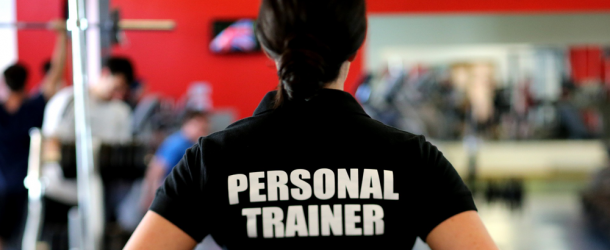Wanting to change your life or something in it? It’s a well-known fact we go through different stages and processes when doing so. It’s not a process that is a simple straight line, that we decide and move from stage to stage, in seamless motion. When deciding to do something in reality, we move backwards and forwards and back again. Considering a number of internal and external factors – if you can understand and work with this theory, as a personal trainer, you’ll gain and maintain clients.
Pre-Contemplation
The first stage your client begin in is the pre-contemplation stage. Clients at this stage don’t really have plans to make changes or start exercising. They will often have been pressured by loved ones to make changes they are not ready for. They often don’t believe they have the ability to change and may be defensive to any perceived pressure to make change. They are often uninformed about the long-term consequences of their behaviour. People in this stage often choose not to know or deliberately ignore health messages, campaigns and information. Interventions could include giving the client information to take away with them or encouraging self-evaluation, not action.
Contemplation
You’re now at stage 2, the contemplation stage. Your Clients are beginning to think about making some positive changes, however you can remain within the contemplation stage for two years despite your clients good intentions. Interventions could include helping the client weigh up the pros and cons to change, helping to balance the scales in favour of the pros or encouraging self-motivational thoughts.
Preparation
Stage three is the preparation stage. In this stage clients may have started to exercise but not regularly. They will be starting to gather information, have looked into or even got a gym membership, which they may not even use. Clients start to plan action and fully intend to take action. This stage is particularly important, if clients fail to plan properly but move forward into the action stage too soon, they are very likely to drop back to previous stages. This is particularly relevant if clients have tried and failed to maintain changes in the past. Interventions could include making plans and strategies for potential obstacles, developing goals and looking into potential sources of support.
Action
Stage four is action time. At this point your clients become confident in their abilities and may well be exercising regularly, two or three times a week but will have been doing so for less than six months. As hurdles in your life appear and progress is not as fast as they had hoped, client’s self-efficacy and motivation can drop. This stage maybe short lived and clients can often become disheartened and relapse to previous stages, especially if not enough care was taken in the preparation stage. Interventions could include tightening up goals to include outcome and process goals, reinforcing the pros to change, affirming strengths and giving encouragement.
Maintain
Stage five time to maintain! In this stage, the client has been exercising regularly for over six months. Boredom or lack of focus can become a problem, the determination to establish new habits can start to fade. Reinforcing self-efficacy and motivation is important in this stage. Re-visiting and re-evaluating goals and achievements can help the client to regain motivation. Once the client has remained in this stage for five years, they are considered to be a lifetime exerciser and are no longer in the stages of change. Interventions could include identifying relapse risks and finding strategies to avoid these, setting new long term and process goals or if relapse does occur helping to identify the cause and find solutions, help the client regain self-efficacy and motivation by learning from mistakes and hopefully re-entering the cycle of change better prepared.
Understanding where a client is upon the model is vital to ensure you cater your services to each individual need. Some might require more positive feedback for example. Allowing you to understand when not to push your client towards a different stage as this could have a negative effect.
If you are looking to train as a personal trainer, why not visit: https://www.bodyaidsolutions.co.uk/courses/gym-instructor/level-2-gym/ or drop them a line and see if they can make your fitness dream a reality.
![]()










